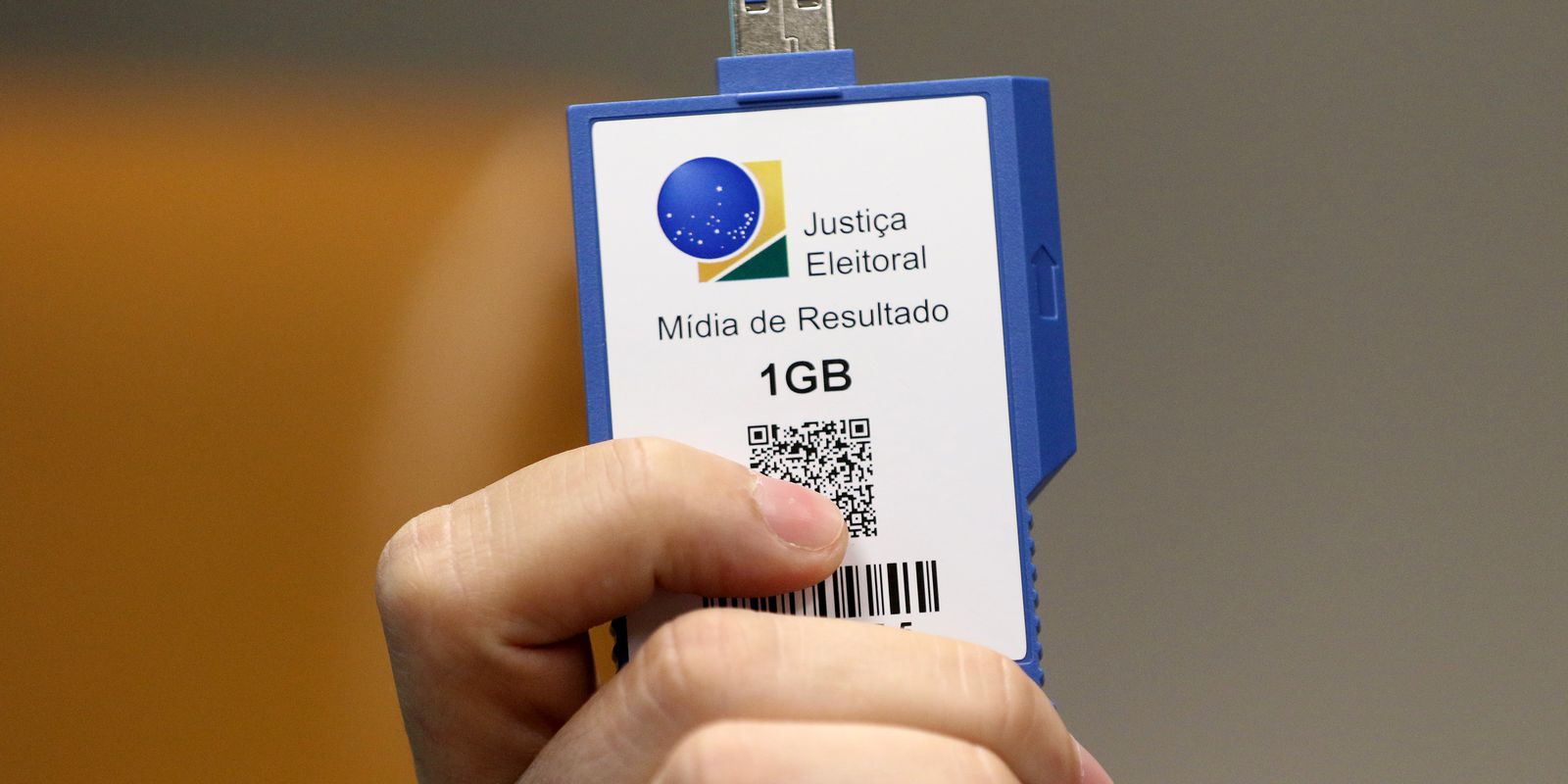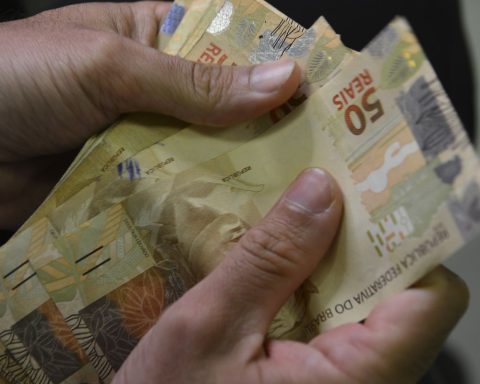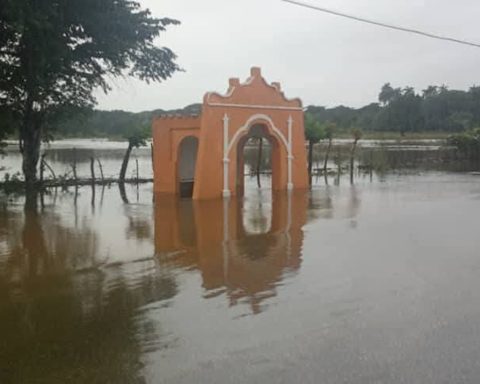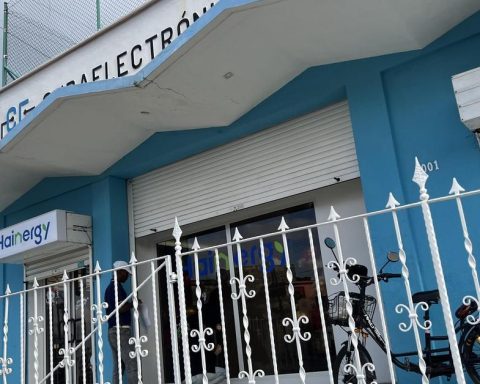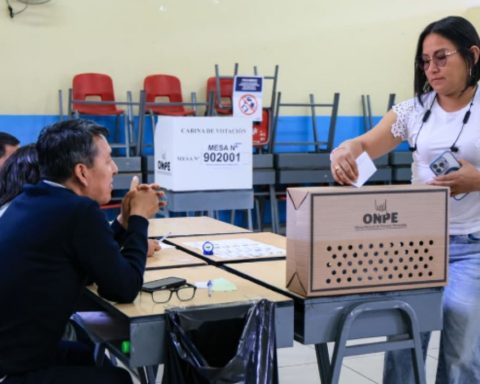The order in which the total number of votes for the 2022 General Elections is released follows a variable flow. In the first round, on October 2nd, all of Brazil could see that the first votes cast came from the South and Southeast regions. Only some time later did the votes from the Midwest begin to be counted and, finally, the votes from the states in the Northeast and North regions.
According to the Information Technology Secretary of the Superior Electoral Court (TSE), Julio Valente, this situation, which is repeated in all elections, is caused by various logistical issues in the transmission of votes from each of the 27 units of the Federation. . Due to the volume of information that is received by the TSE at the same time, votes from the North of the country end up arriving in Brasília last and, therefore, wait in a “queue” to be processed.
The secretary explains that three factors can cause delays in the transmission of data from the electronic voting machines for the totalization in the TSE. The first is the number of positions being voted on – which implies more time for the voter in front of the electronic voting machine – and the existence of queues of voters who have not yet voted in the polling station after 5 pm, when, in theory, voting ends. .
In such cases, the electoral norm dictates that passwords be distributed and that voting continues until the last person in line votes. Only then is the electronic ballot box finalized, the Ballot Box is printed and the result media is removed so that the data can be transmitted to the Electoral Court.
The second reason is linked to the fact that in many locations far from large centers, the problem of telecommunications infrastructure limitations arises. And this is a recurring situation, especially in poorer regions in the states of the North and Northeast regions and in parts of the Midwest. The problem involves the computer processing capacity available in the locality for data transmission, as well as the stability and speed of the local data network in connection with the Electoral Justice’s private network.
According to Julio Valente, this difficulty is usually overcome by transporting the poll worker to an Electoral Court transmission point, which takes time, or by using a satellite phone in remote areas, such as indigenous villages.
Thousands of ballot boxes
The third factor for the possible delay in processing votes in totaling the elections already occurs in Brasília, at the Data Processing Center (CPD) of the TSE. “When these data arrive at the Electoral Justice CPD, they enter a structure similar to a ‘bank queue’”, explains Valente. Thus, data from states that deal with informational infrastructure contingencies end up reaching the TSE after data from the South and Southeast regions, which managed to transmit more easily. Therefore, they are waiting in a “queue” to be, finally, processed and totaled.
For this queue to form, according to Valente, it doesn’t take long. This is because, at this moment, the TSE is receiving a huge volume of transmissions – of more than 496,000 ballot papers – at the same time. “As everything arrives at the TSE at the same time and in the same data structure, sometimes, 30 seconds it takes to connect after the vote is enough for more than 50,000 ballot boxes to have entered the front”, he emphasizes.
*With information from the TSE
